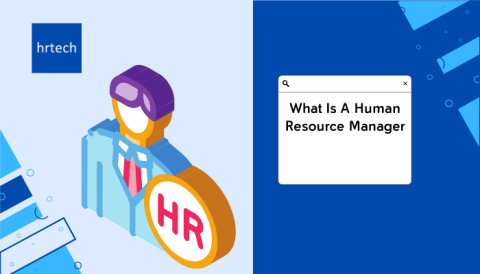TL;DR
- Manual attendance tracking drains resources and creates recurring disputes that damage employee relationships and disrupt payroll accuracy.
- HRMS connects time tracking, leave management, and payroll into one flow, making data updates faster and reducing repetitive administrative work.
- Self-service features give employees direct access to their own records, reducing basic queries and helping them take ownership of their information.
- Attendance analytics highlight patterns that guide scheduling, budget allocation, and resource planning before minor issues escalate into costly problems.
- TeamLease offers hiring, compliance, learning, and HR technology services designed to reduce operational pressure while supporting long-term workforce goals.
Introduction
You’re expected to manage people, processes, and change without slowing down. But things don’t always run as smoothly as they should.
You spend hours fixing attendance, answering payroll queries, and following up on leave. That time should be going somewhere else.
Your company probably went through five significant changes recently. More are coming. Yet most fail. In this blog, you’ll find something that actually helps.
The Challenges of Traditional Attendance and Employee Management
Keeping records accurate and compliant without the right tools means extra work, frustrated employees, and avoidable compliance headaches.
You may already be familiar with the same problems showing up month after month, despite everyone working hard to fix them.
Common challenges include:
- Data Errors: Manual entries and duplicate records create confusion that leads to payroll disputes and wasted time fixing mistakes.
- Falling Trust: Incorrect leave balances or missing attendance data quickly make employees doubt the accuracy of HR processes.
- Compliance Pressure: Different state rules and constant changes make manual reporting risky and stressful during audits or inspections.
You know the pain points. Next, see how HRMS addresses them with practical and reliable features.
How HRMS Makes Attendance and Management Easier?

A good HRMS connects attendance, leave, and payroll, ensuring your information stays accurate without the need for repeated manual input from multiple people.
You save time, avoid repeat issues, and keep your records ready for decision-making, audits, and employee queries.
Key benefits include:
- Accurate Data: GPS, biometric, or mobile punch-ins feed directly into the system, preventing mismatches and speeding up monthly payroll.
- Self-Service Access: Employees check leave balances, download payslips, and request corrections without waiting for HR to respond.
- Built-In Compliance: Statutory reports generate automatically from clean attendance data, ready for audits or government submissions.
- Actionable Insights: Attendance patterns reveal staffing gaps, overtime trends, and leave spikes so you can plan resources more effectively.
With the benefits clear, your next step is to ensure the HRMS you choose aligns with your team’s actual workflow.
Making HRMS Work for Your Team
The best results come when you pick features that match your work environment instead of adding tools your people will not use.
This means starting small, training consistently, and identifying areas where people still need help or where processes require minor adjustments.
Practical steps include:
- Identify Priorities: Look at daily blockers like shift scheduling, remote tracking, or leave approvals that slow everyone down.
- Select Useful Features: Choose functions that solve your biggest issues without creating unnecessary extra steps for managers or HR.
- Roll Out Gradually: Begin with one department, gather feedback,, and address minor issues before introducing the system company-wide.
Once you know your priorities and have a plan, you can bring in a partner who delivers both tools and support.
How TeamLease Supports Workforce Simplicity and Speed
If you want to spend less time managing systems and more time running your team, TeamLease can help. Our services cover hiring, learning, compliance, payroll, and tech, backed by people who actually know how this stuff works.
What we offer:
- Smart Hiring: Over 200 recruiters using AI tools to cut hiring time, manage onboarding, payroll, and compliance across locations.
- HR Tech Marketplace: Access to 450+ curated HR tools with recommendations tailored to your size, sector, and priorities.
- HR Advisory: Expert guidance to redesign processes, choose the right tools, and remove bottlenecks that slow your HR operations.
- Enterprise Learning: 10,000+ trainers delivering programs in leadership, soft skills, technical training, and hire-train-deploy models.
Book a demo with TeamLease today and see how workforce management can finally start feeling manageable again.
FAQs
Q: How is HRMS different from traditional attendance systems?
A: HRMS brings attendance data into one connected system, linking it with payroll and leave, unlike standalone systems that store information separately. It eliminates the need for repetitive manual reconciliations by ensuring all records are accurate and updated simultaneously across functions.
Q: Can HRMS work for companies with both on-site and remote employees?
A: Yes, HRMS can handle mixed work arrangements by offering physical check-ins for on-site staff and virtual logging for remote workers. This approach keeps everyone’s attendance in one shared record, regardless of location, reducing confusion about hours, shifts, and leave across teams.
Q: What kind of compliance support can HRMS provide in India?
A: HRMS helps you meet Indian labour rules by producing PF, ESI, and state-specific reports based on accurate, up-to-date attendance data. It stores records in formats ready for audits or inspections, avoiding last-minute searches across folders and spreadsheets before deadlines arrive.
Q: How long does it usually take to see results after adopting HRMS?
A: Many companies notice benefits such as cleaner payroll runs and fewer disputes within their first monthly cycle using the system. Quicker reporting and better tracking can appear in weeks, especially when you launch the system in phases rather than all at once.
Q: Is HRMS only useful for large organisations?
A: HRMS can suit any company size, offering structure for smaller teams and greater control over scale for larger, more complex operations. The right platform grows with your needs, giving you consistency in processes, whether managing ten employees or several thousand staff members.







